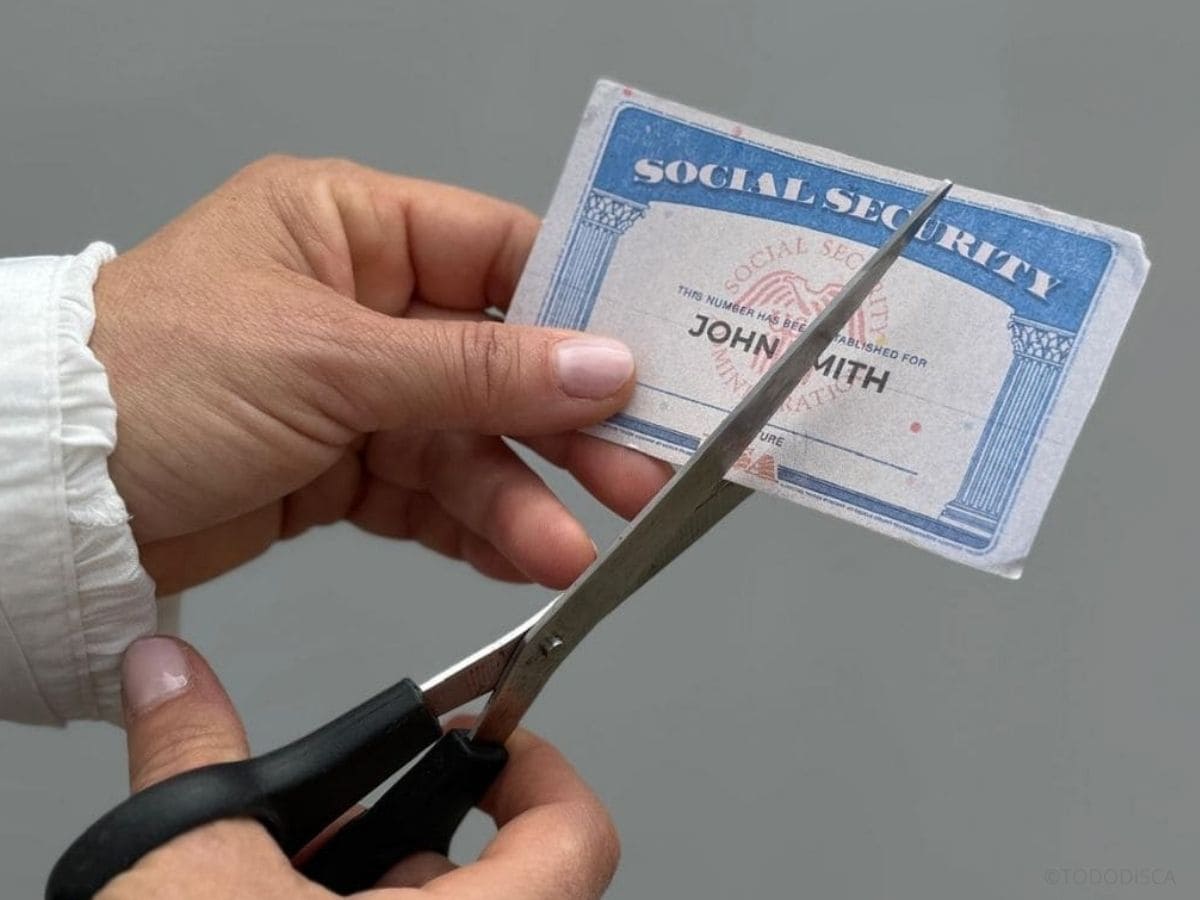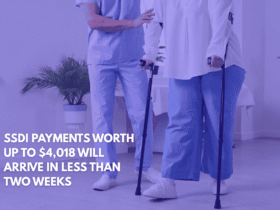The new month of May 2025 is bringing some important changes for people who receive Social Security Disability Insurance (SSDI) benefits in the United States. Normally, the first payment is sent out on the 3rd of the month. But this time, because May begins on a Thursday, the first payment will be moved up by one day — to May 2.
This change affects not just retirees but also SSDI beneficiaries. Plus, people in groups 2, 3, and 4 will have to wait an extra week for their payments compared to usual. These small changes can create confusion, so it’s very important to know exactly when you will get your money.
SSDI Beneficiaries: Who Gets Paid on May 2?
On May 2, 2025, payments will be made to all people in Group 1, including SSDI beneficiaries. Group 1 covers anyone who started receiving Social Security benefits before May 1997. These people don’t need to worry about their birthday affecting their payment date — they always get paid at the start of the month.
However, even if you are in Group 1, you must still meet all the Social Security Administration’s (SSA) rules. Otherwise, you could lose your SSDI payments.
Why Some SSDI Beneficiaries Could Lose Their Payment
While SSDI usually offers steady financial support, there are a few reasons why a beneficiary might stop receiving their check. Knowing these reasons can help you avoid any payment problems.
Returning to Work and Earning Too Much
If an SSDI recipient goes back to work and earns more than the income limit set by the SSA, they might lose their benefits. This is because earning too much could show that the person is no longer considered disabled according to SSA rules.
Not Reporting Medical Improvements
If a person’s health improves and they don’t inform the SSA, it is seen as breaking the rules. The SSA regularly checks if a person is still disabled. If you don’t cooperate during these reviews or hide medical updates, your SSDI benefits could stop.
Reaching Full Retirement Age
When an SSDI beneficiary reaches their full retirement age (usually around 66 or 67 years old), their disability benefits automatically change into regular retirement benefits. In this case, you don’t lose the payment, but it switches categories.
Being honest, staying updated with SSA rules, and reporting any important changes can help ensure your monthly check continues without problems.

How Much Can You Get from SSDI in May 2025?
In May 2025, the maximum SSDI payment is $3,822 per month. But not everyone will get this amount. To receive the maximum, a person must have had a long and high-earning career before becoming disabled.
Most SSDI beneficiaries receive smaller amounts because their income history or work years were less. That’s why many people look for extra help.
How to Apply for Supplemental Checks
If your SSDI payment isn’t enough to cover your expenses, there are other programs that can help:
- Supplemental Security Income (SSI): For people with very low income and limited resources.
- SNAP Benefits: Provides food assistance to low-income households.
- State Financial Help Programs: Some states offer extra money or services for disabled residents.
To get these extra supports, you need to meet certain rules and complete an application. You can start by visiting your local Social Security office or checking the SSA’s online website.
Getting extra help could make a big difference if your SSDI payment is too small to cover all your needs.











Leave a Reply